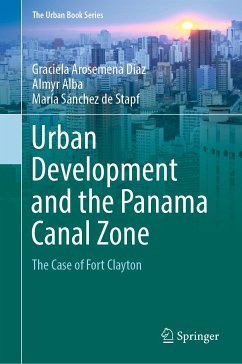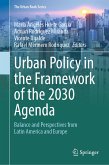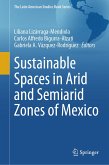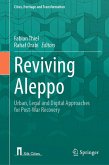The construction of the Panama Canal at the beginning of the twentieth century created an enclave that ran parallel to the interoceanic waterway, controlled by the US government: the Canal Zone. This book aims to understand the implications that Panama Canal Zone urban planning had on human health, natural resources, and biodiversity through the study case of Fort Clayton, highlighting how the sanitary concerns shaped building regulations and the urban landscape of towns.
This book highlights the role of North American entomologists and health workers in developing control strategies for diseases transmitted by mosquitoes and how mosquito's ecology determined building regulations that shaped the image of the Canal Zone towns. On the other hand, the book determines the environmental assessment of Fort Clayton, determined by the two fundamental aspects that set on the environmental impact of an urban settlement. The first one is the suitability of the site's location. The secondis the urban structure of the adopted city model and its impact on the connectivity of the surrounding forests during the twentieth century.
This text is aimed at both undergraduate and postgraduate students, architects, urban planners, historians, and environmental science professionals.
Dieser Download kann aus rechtlichen Gründen nur mit Rechnungsadresse in A, B, BG, CY, CZ, D, DK, EW, E, FIN, F, GR, HR, H, IRL, I, LT, L, LR, M, NL, PL, P, R, S, SLO, SK ausgeliefert werden.
Es gelten unsere Allgemeinen Geschäftsbedingungen: www.buecher.de/agb
Impressum
www.buecher.de ist ein Internetauftritt der buecher.de internetstores GmbH
Geschäftsführung: Monica Sawhney | Roland Kölbl | Günter Hilger
Sitz der Gesellschaft: Batheyer Straße 115 - 117, 58099 Hagen
Postanschrift: Bürgermeister-Wegele-Str. 12, 86167 Augsburg
Amtsgericht Hagen HRB 13257
Steuernummer: 321/5800/1497
USt-IdNr: DE450055826
Bitte wählen Sie Ihr Anliegen aus.
Rechnungen
Retourenschein anfordern
Bestellstatus
Storno









